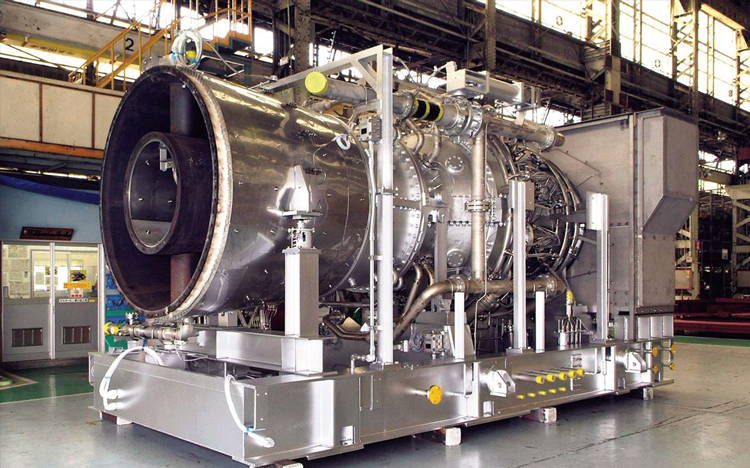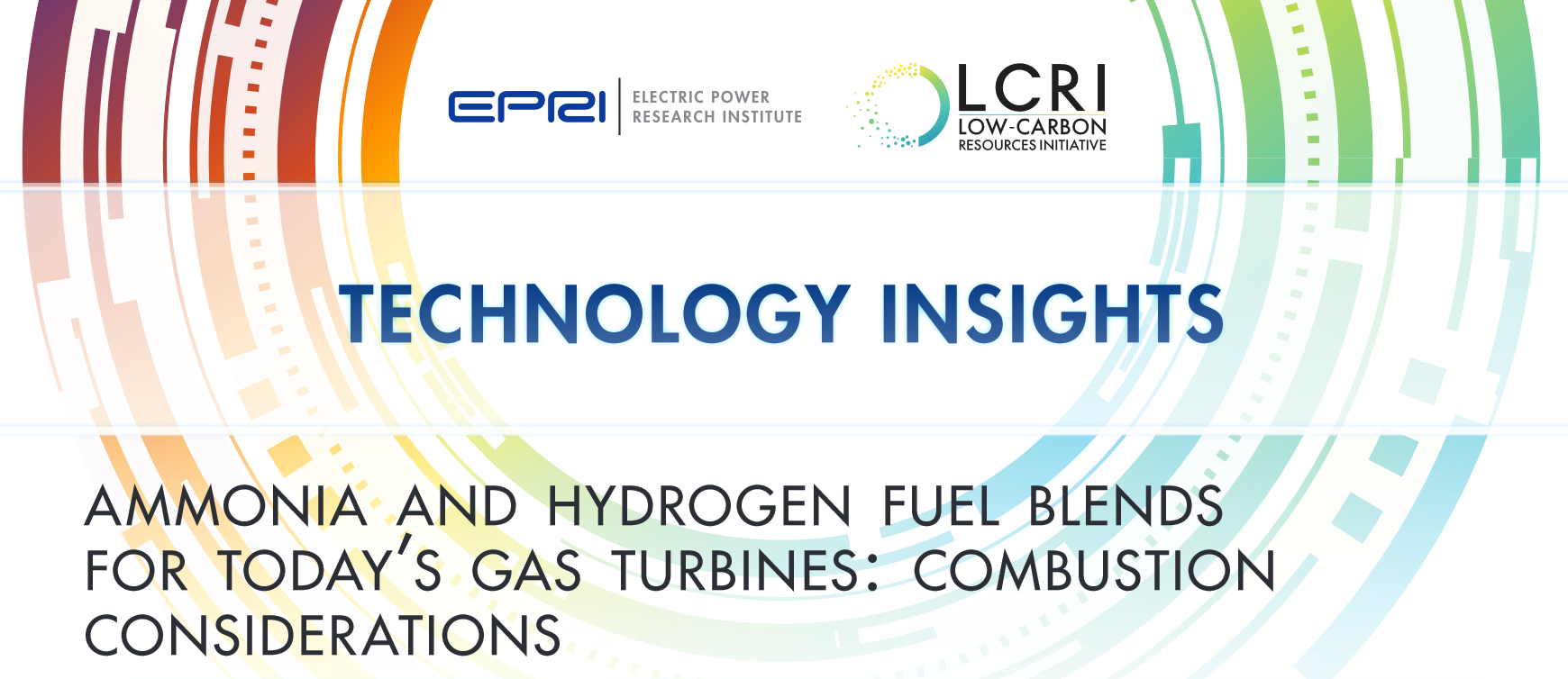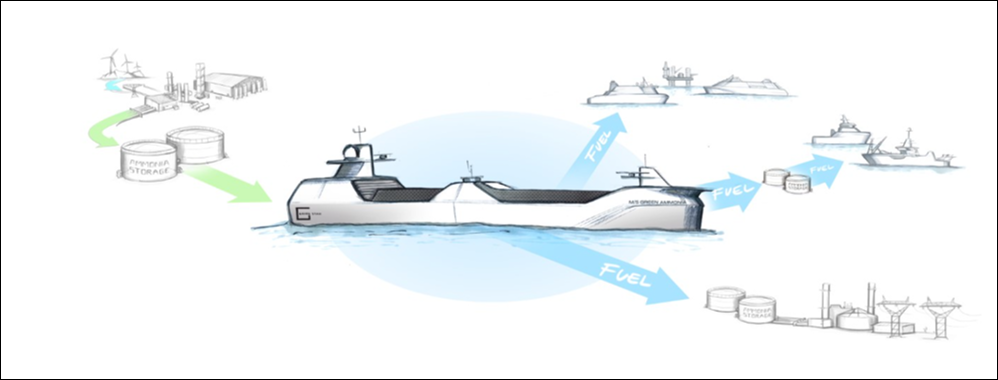Last week we presented the second episode in our monthly webinar series: Ammonia Energy Live. Every month we’ll explore the wonderful world of ammonia energy and the role it will play in global decarbonisation - with an Australian twist. This episode we welcomed Sammy Van Den Broeck, VP Project & Portfolio at Yara Clean Ammonia. Sammy was invited to give his thoughts on the key challenges and opportunities in the global ammonia transition, and explain to us why Australia is so important to Yara's future clean ammonia plans. Interviewing Sammy were Jacinta Bakker (Research Fellow in the MacFarlane Laboratory at Monash University) and Allison Gwilt (Senior Project Engineer, Future Fuels at Origin Energy).
Norway
The Ammonia Wrap: India updates, continuous hydrogen production by SOEC, a new zero-emissions shipping company and Port of Rotterdam developments
Welcome to the Ammonia Wrap: a summary of all the latest announcements, news items and publications about ammonia energy. This week: updates from India, the PROMETEO project - continuous hydrogen production by SOEC, Viridis Bulk Carriers - a new zero-emissions shipping company, Korean Register AiP for ammonia bunkering vessel, two green hydrogen import MoUs for the Port of Rotterdam and Haldor Topsoe and Nel team up to offer green fuel solutions.
The Ammonia Wrap: commercial turbines, another GW of green ammonia, Viking Energy updates, and "any-fuel" high-temp PEM fuel cells
Welcome to the Ammonia Wrap: a summary of all the latest announcements, news items and publications about ammonia energy. This week: commercialised ammonia gas turbines, TDK and GenCell join forces, another GW of green ammonia production, small-scale green ammonia in rural Japan, hydroelectric ammonia in Laos, Viking Energy vessel updates, new partnerships for Haldor Topsoe and "any-fuel" high-temp PEM fuel cells.
The Ammonia Wrap: EU ambitions, new tankers, and GW scale green ammonia in Denmark, Norway, and Chile
Welcome to the Ammonia Wrap: a summary of all the latest announcements, news items and publications about ammonia energy. In this week's wrap: HyDeal Ambition, new marine tankers, fuel forecasts & SOFC developments, a new technical briefing on power generation, UNSW leads research in P2X, GWs of green ammonia in Denmark, Norway and Chile, green ammonia in the Orkneys, new government focus on ammonia in South Africa, and India to make green ammonia production mandatory?
Grieg Maritime and Wärtsilä to Build Ammonia-Fueled Ammonia Tanker
Last month Norwegian shipping company Grieg Maritime Group and Finnish engine and energy equipment manufacturer Wärtsilä announced plans to build an ammonia-fueled tanker that will be ready for service in 2024. The MS Green Ammonia will transport low-carbon ammonia along the Norwegian coast from a factory that will be built in the far-north municipality of Berlevåg.
United Nations Sparks Green Hydrogen Initiative
Last month UN Climate Change announced an initiative whose goal is to scale up green hydrogen production significantly over the next six years. “The new ‘Green Hydrogen Catapult’ initiative will see green hydrogen industry leaders, including ACWA Power, CWP Renewables, Envision, Iberdrola, Ørsted, Snam, and Yara, target the deployment of 25 gigawatts through 2026 of renewables-based hydrogen production, with a view to halve the current cost of hydrogen to below US$2 per kilogram.”








